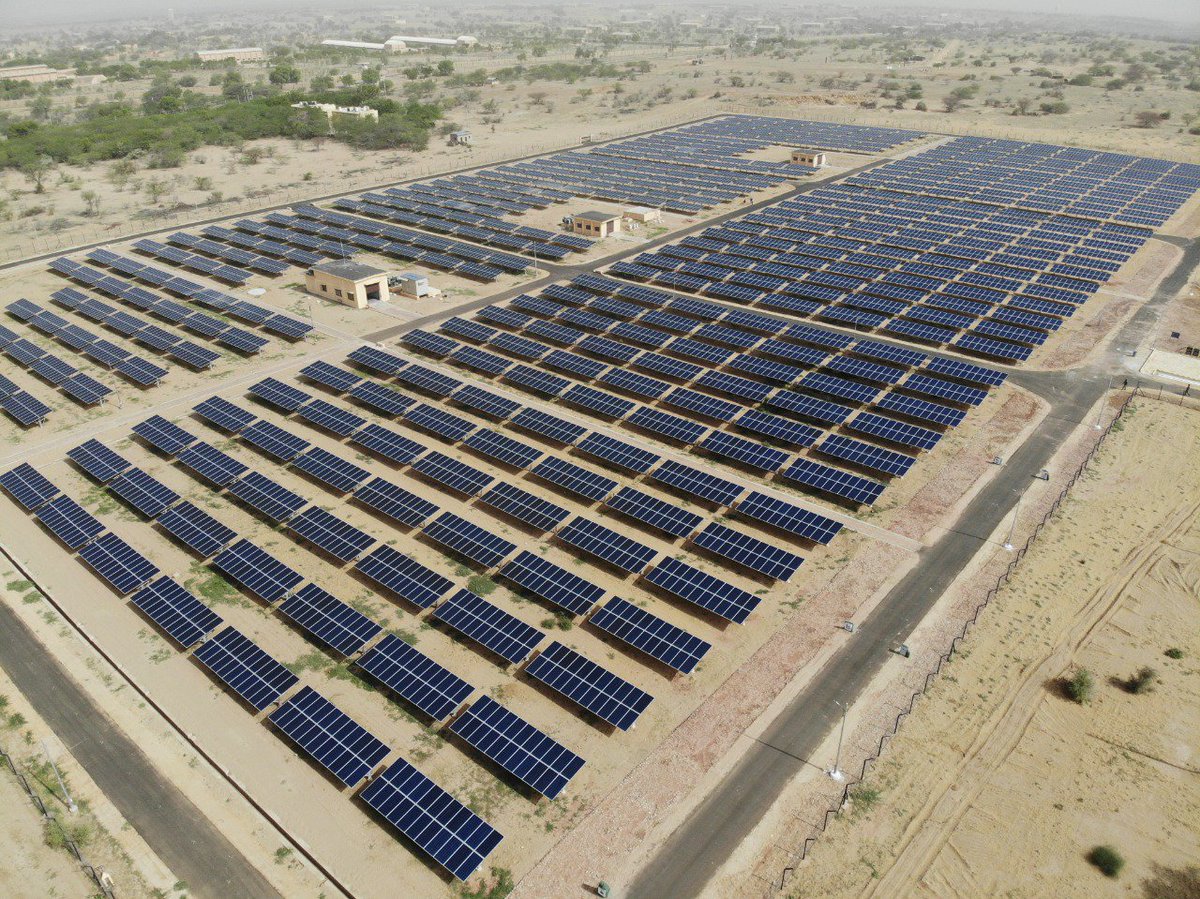The global investment in new renewable energy capacity, exclusive of large hydropower dams, stood at $132.4 billion in H1 of 2020, up 5 percent from a revised $125.8 billion in the same period in 2019, regardless of COVID-19, as per recent research by BloombergNEF (BNEF).
It, however, further that onshore wind investment slipped 21 percent to $37.5 billion, while that for solar fell 12 percent to $54.7 billion.
“We expected to see COVID-19 affecting renewable energy investment in the first half, via deferrals in the financing process and to some auction programs. There are signs of that in both solar and onshore wind, but the overall global figure has demonstrated amazingly resilient – thanks to offshore wind,” said Albert Cheung, head of analysis at BNEF.
The overall clean energy investment, comprising renewables capacity financing and corporate-level equity deals, came to $137 billion in the first half of 2020, up 4 percent on H1 2019’s $131.9 billion.
According to BNEF, offshore wind financings in H1 2020 totaled $35 billion, up 319 percent Y-O-Y. The first half of this year saw investment decisions made on 28 sea-based wind farms, including the largest ever 1.5 GW Vattenfall Hollandse Zuid array off the coast of the Netherlands, costing an estimated $3.9 billion.
“I expect a slowdown in offshore wind investment globally in the second half, with potentially a new spike early next year,” said Tom Harries, head of wind analysis.
China was the largest market yet again, investing $41.6 billion in H1 2020, up 42 percent compared to the same period in 2019 thanks to its offshore wind boom. India saw its financing fall 49 percent to $2.7 billion.
“Renewables have been helped by vastly improved competitiveness and by investor appetite for assets offering secure cash flows. However, project developers face the challenge that key people, whether at the permitting, financing, or construction stages, can’t meet face-to-face. And buyers of small-scale solar systems are sensitive to changes in consumer confidence,” said Angus McCrone, chief editor at BNEF.
BNEF further that investment in new biomass and waste-to-energy plants fell 34 percent to $3.7 billion, while that in geothermal jumped 594 percent to $676 million. Small hydro projects of less than 50 MW attracted an estimated $576 million, down 14 percent, and biofuel production plants $250 million, down 82 percent.












